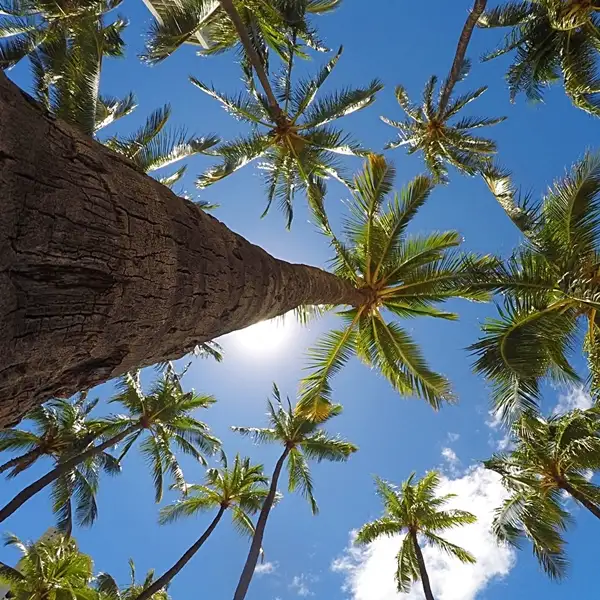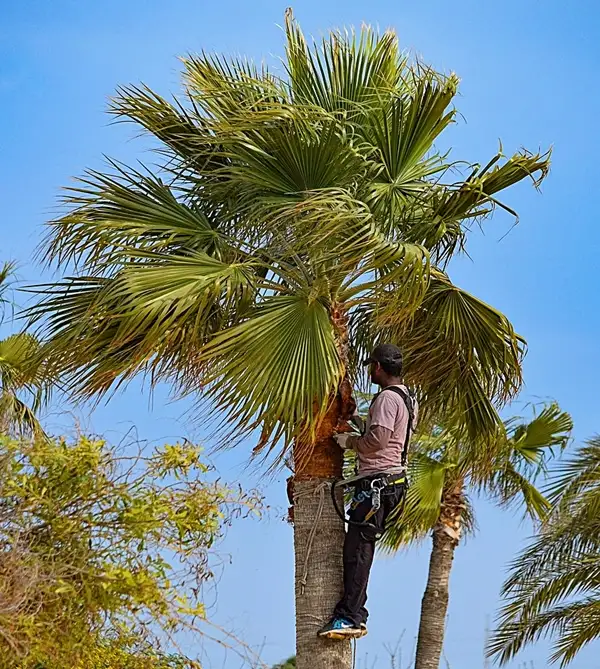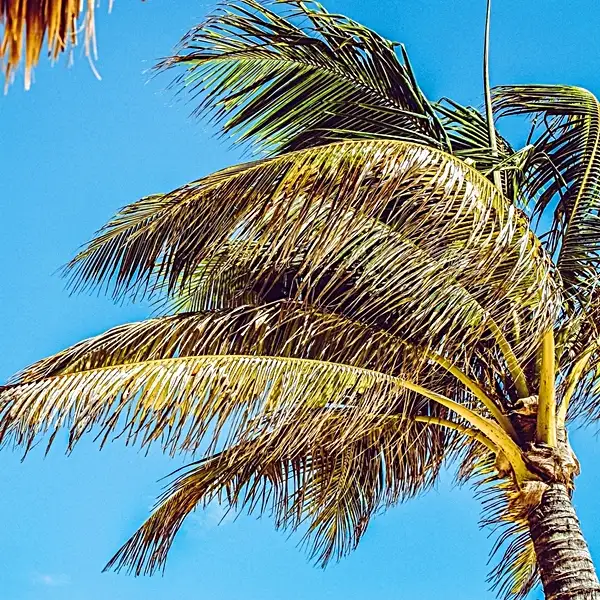Key Takeaways
| Key Takeaways | Why It Matters |
|---|---|
| Discover the secret growth cycle of palm trees | Uncover how palms grow uniquely compared to other trees |
| Understand what truly impacts palm tree growth | Learn the major factors that speed up or slow down growth |
| Get a timeline of palm tree development | How long do Palm trees take to grow? Find out how long it really takes for palms to reach full height |
| Environmental conditions that make or break a palm | Explore the role of soil, water & sunlight in palm survival |
| Busting myths about palm tree growth | Avoid common mistakes that could be harming your palms |
| Actionable tips to accelerate palm tree growth | Use expert-backed techniques to grow healthier, taller palms |
Growth Cycle of Palm Trees
Palm trees with their long slender trunks & verdant fronds arching towards the sky, are symbolic of sunny beaches, deserts & rainforests. However, their elegant beauty belies an enduring lifecycle that can span decades or even centuries depending on species. Understanding palm trees begins with grasping their unique growth cycle.
Unlike other trees where annual rings reflect age & growth rates, palms grow from a central point in the top called ‘the growing point.’ The trunk merely thickens as it matures but does not lengthen.
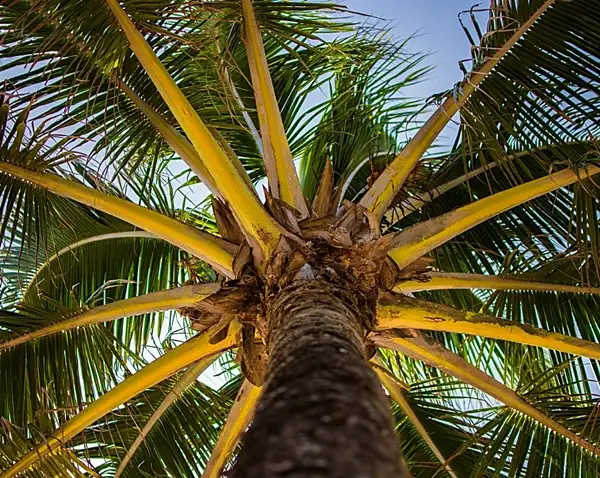
- Each tree’s life begins as a seed which will germinate to produce sprouts after 6 weeks to 6 months depending on species & conditions provided during this period such as moisture levels.
- Once germinated successfully, young plants enter what is generally considered the ‘seedling phase.’ This period marked by nutrient assimilation lasts for about 2-3 years in most varieties where it develops into a juvenile palm.
- During its juvenile stage, also called the establishment phase, the palm tree grows strong roots to stay firmly in the ground. It also slowly adjusts to the amount of sunlight it will need as a mature tree.
- Afterward enters its adolescence or ‘mature dormant’ phase, where its trunk keeps growing steadily. It continues this slow but consistent growth until it reaches its full height & starts producing flowers usually around 10 years old for many common palm species.
9 Factors That Influence Growth Rate of Palm Trees
Several factors influence how fast a palm tree grows. These include:
| Factor | Impact on Growth Rate |
|---|---|
| Genetic Make-up/Species |
|
| Age |
|
| Climate |
|
| Soil Quality |
|
| Watering Practices |
|
| Sunlight Exposure |
|
| Nutrient Availability |
|
| Human Activity |
|
| Rainfall & Humidity |
|
The #1 Essential Fact You Shouldn’t Ignore
It is also important to note that as potential growth rate increases, the required amount of resource inputs – like water, light & nutrients – also increases. Hence the faster a palm tree is potentially capable of growing, the more challenging its optimum care may become.
For instance, fast-growing palms like those from genus Washingtonia might consume three times more water than slow-growers/low input requiring types such as Phoenix spp. during peak summer periods.
Estimated Growth Time for 5 Different Species of Palm Trees

Typical growth rates of major palm species vary significantly – more than almost any other botanical parameter.
On average, expect at least two decades before a palm tree fully matures in a landscaped setting. This estimate depends on 3 main factors:
- Species maturation time (which can range from 10 to over 100 years)
- Human cultivation practices
- Local environmental fluctuations
These factors determine when a palm reaches its full maturity, whether grown in its native habitat or cultivated elsewhere.
| Palm Species | Average Annual Growth | Time to Reach 10 Feet | Maximum Height | Lifespan |
|---|---|---|---|---|
| Bismarck Palm |
|
|
|
|
| Royal Palm |
|
|
|
|
| Queen Palm |
|
|
|
|
| Date Palm |
|
|
|
|
| Washingtonia Palm |
|
|
|
|
Note: Growth rates & lifespans can vary based on environmental conditions & care practices.
4 Environmental Conditions That Affect Palm Tree Growth
The environmental conditions greatly affect a palm tree’s development time.
| Condition | Ideal Parameters |
|---|---|
| Temperature |
|
| Soil Quality |
|
| Sunlight |
|
| Humidity |
|
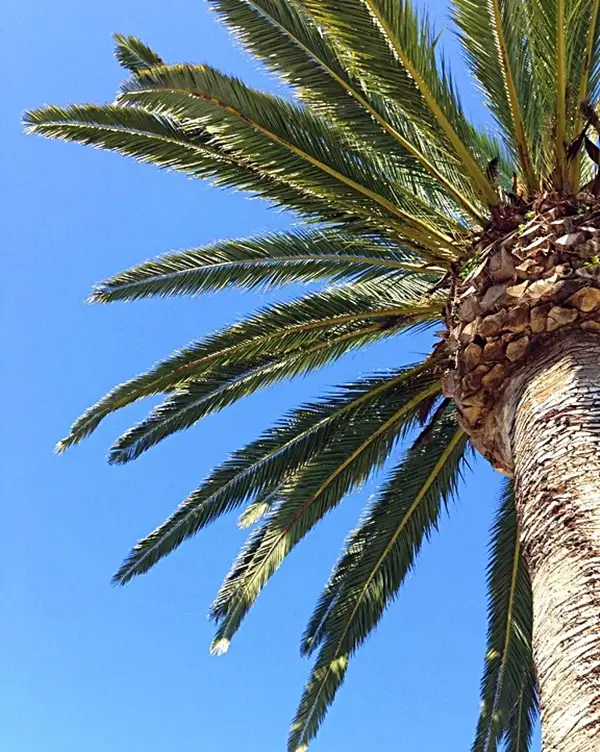
5 Key Stages in a Palm Tree’s Life & Their Durations
A palm tree’s life can be divided into five beautiful & significant phases:
| Growth Stage | Description | Duration |
|---|---|---|
| Seed Germination |
|
|
| Seedling |
|
|
| Juvenile |
|
|
| Mature |
|
|
| Post-Flowering/Fruiting |
|
|
6 Common Misconceptions About Growing Palm Trees
Some of the significant misconceptions about palm trees are:
| Misconception | Clarification |
|---|---|
| Palms are desert plants & need little water |
|
| Palms grow faster in pots |
|
| All palms thrive in full sun |
|
| All palm species have same growth requirements |
|
| Trimming palm fronds makes them grow faster |
|
| Palms do not need fertilization |
|
Remarkable Journey of Palms
As a palm grows, its journey from a tiny seed to a towering & mature tree is shaped by species traits, environmental conditions & human care.
Understanding growth cycle, key developmental stages & influencing factors helps cultivate healthier palms.
Frequently Asked Questions
What is average growth of a palm tree?
Most palms grow a few inches to a couple of feet/year. Faster growers like Queen palms can reach 2 to 3 feet annually while slow-growers manage about a foot.
How fast do palm trees grow in Florida?
Florida’s warm climate allows species like Royal palm & Queen palm to grow 2 to 4 feet/year. It depends on soil, water availability & provided care.


